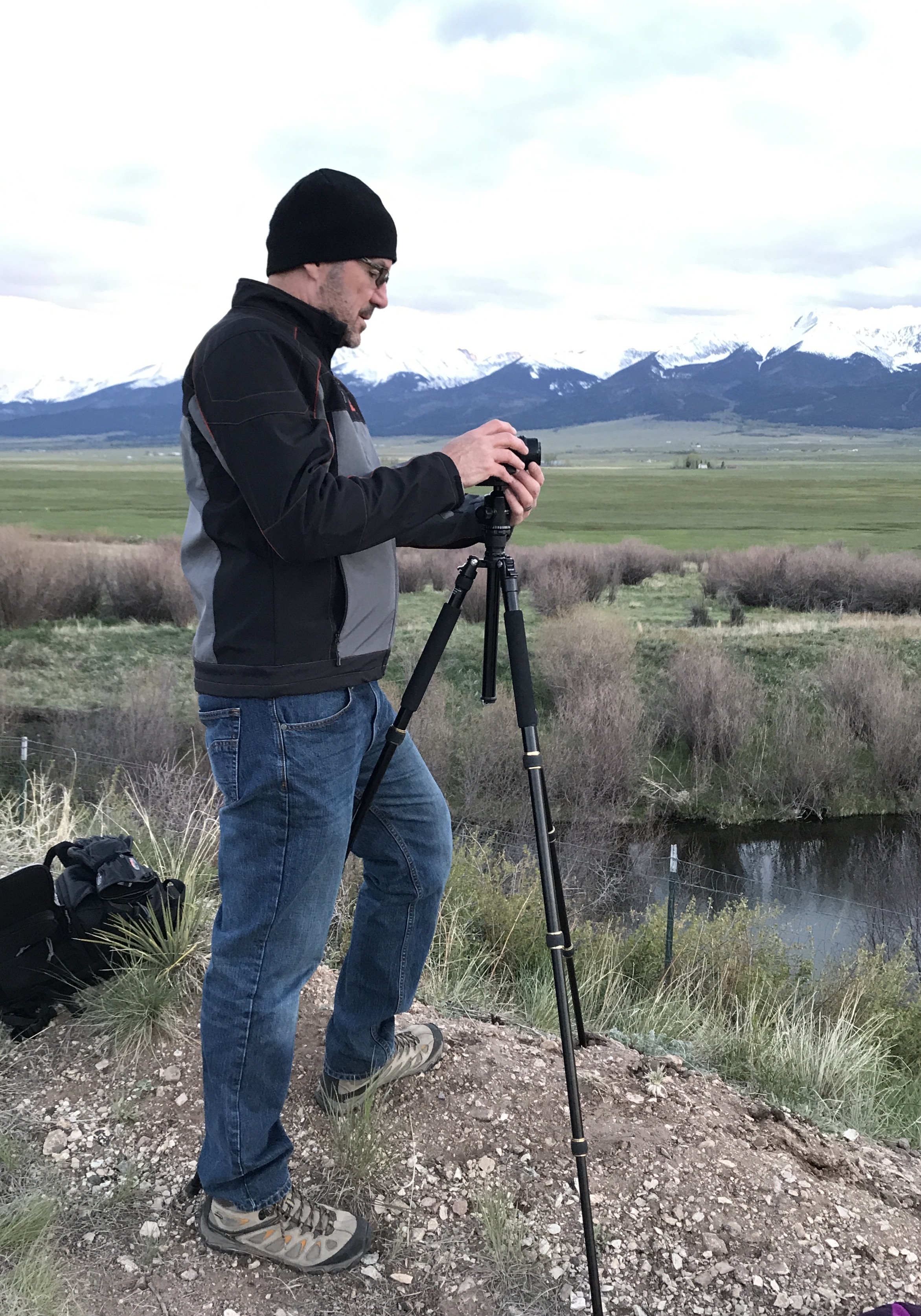Reacting, Responding, and the Wounds We Carry
- Chris Monnette

- Aug 21
- 3 min read
What an old scar taught me

There’s a small space between what happens to us and how we respond. It’s easy to miss—until it’s too late.
That happened to me recently.
Out of the blue I received a message from someone I worked with nearly two decades ago. His note started with, “I just bought your memoir.” Then came this: “I will be interested to see if you have made any more retribution, other than losing your eyesight. You should know, you have a long way to climb in my mind.”
That startled me. But as I tried to place the individual in my memory, I remembered a mostly positive relationship with him, along with his dry, sometimes questionable humor. I chalked it up to a poor joke.
Fast forward a few exchanges, and I was dropping f-bombs.
I woke up after midnight with the whole conversation running through my mind. What happened? How did I let someone I was never close to—and hadn’t heard from in nearly twenty years—get me so worked up?
I replayed it, trying to understand how I’d let myself get so tangled up by nothing more than a name on a screen. Finally, I laid back and tried to feel what was underneath the anger. What’s really here? I asked.
It’s a surprisingly hard thing to do. My default is to jump straight to blame, judgment, or even problem-solving. But to sit and let the emotion run loose while simply observing it—that’s harder. Each time my analytical mind tried to take over, I pushed back. “But what do you feel, Chris? Look at it. Feel it. Name it.”
And then I saw it—shame. Not fresh, but familiar. Like an old scar.
Years ago, a therapist shared a metaphor with me that came to mind.
An old wound is like a deep cut. At first it’s raw and painful—you can’t stop thinking about it, and you’re sure it’s the first thing everyone notices when they look at you. With time it heals, leaving behind a scar. No longer painful, but a reminder of what once happened. Most days you don’t notice it, but every now and then you catch sight of it—ugly and jagged, permanent—and the memory of the pain comes rushing back.
When that happens, the only thing you can do is accept it. The scar will always be there, but the pain doesn’t have to own you. It’s the past carved into your skin, a reminder you can’t erase. Without acceptance, though, it lingers like a ghost—always haunting, never letting you go.
That’s when the f-bombs come out. Much like the Second-Arrow story I’ve shared before—only stretched out over a much longer time frame in this case.
Once I saw the true source of my suffering that day, it lost its grip. The faceless name on my computer no longer carried any energy. I sent him a short message, apologizing for whatever hurt I may have caused. I wished him peace. Hit send. Then blocked him.
And I meant it. I truly wish him happiness, and I hold no ill will. If anything, he reminded me of a lesson I too often forget: strong emotions can blind us. They pull us into reactivity, which rarely ends well.
I blocked him not out of anger. I simply don’t need that energy in my life.
When I feel my temperature rise like that, the sooner I can pause—take a breath, sit with the emotion, and see what’s really there—the more likely I am to understand it. And that understanding is what makes it possible to respond, instead of react.




Good Lesson Chris. My go to in situations like this is a poem written in 1927...very applicable today and a good reminder similar to what you pointed out......https://www.desiderata.com/desiderata.html Thanks for sharing the journey on all things life Chris.
Don't be a prisoner in your own mind...